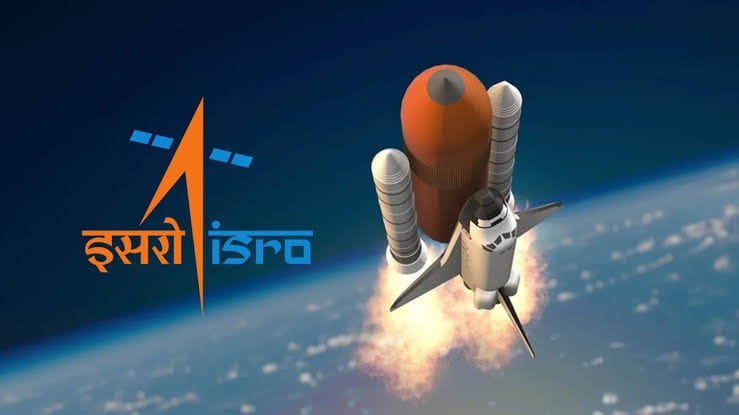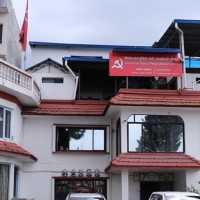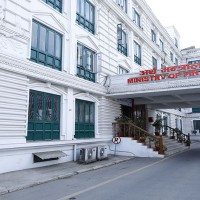ISRO Set to Launch EOS-09 Aboard PSLV-C61 on May 18

The Indian Space Research Organisation (ISRO) is all set to launch its 101st satellite, EOS-09, aboard the Polar Satellite Launch Vehicle (PSLV-C61) on Sunday, May 18. The mission will mark the 63rd flight of the PSLV and the 27th using its XL configuration, which includes six extended strap-on boosters.
ISRO announced the launch details via a post on X, noting: “ISRO’s 101st launch. PSLV-C61 at a glance: 63rd PSLV flight | Height: 44.5 m | Mass: 321 t | 4 stages | 6 XL boosters. Live from 5:29 AM.”
The mission aims to deploy the EOS-09 Earth Observation Satellite into a Sun Synchronous Polar Orbit (SSPO), continuing PSLV's well-established legacy of reliable launches across a variety of payloads and orbital configurations.
Following the deployment of the satellite, Orbit Change Thrusters (OCT) will be activated to lower the altitude of the rocket’s PS4 stage, which will then be passivated—an important step to reduce space debris and ensure responsible orbital management.
Designed to deliver continuous and high-quality remote sensing data, EOS-09 will serve several operational sectors across India. The satellite is equipped with C-band synthetic aperture radar (SAR), enabling all-weather, day-and-night imaging capabilities—crucial for monitoring, surveillance, and disaster response.
ISRO Chairman S. Somanath confirmed that the launch is scheduled for 5:59 AM IST from the Satish Dhawan Space Centre, Sriharikota. The PSLV-C61 rocket has already been positioned at the Mobile Service Tower for final integration and pre-launch checks.
Former ISRO scientist Manish Purohit noted that EOS-09 is a follow-on mission to RISAT-1, emphasizing its strategic relevance. “This satellite enhances monitoring along India’s borders and coastlines, particularly in sensitive regions. It can detect infiltration or suspicious movements, playing a key role in anti-terror operations—especially in light of recent incidents like the Pahalgam terror attack and Operation Sindoor,” he said.
Chairman Narayanan previously highlighted the dual value of space missions for national security and technological advancement, stating: “With the PSLV-C61/EOS-09 mission, ISRO continues to uphold its commitment to excellence and national interest.”
Chairman of IN-SPACe Pawan Kumar Goenka echoed this sentiment, underlining the need for continuous innovation in India’s space capabilities.
Meanwhile, ISRO is also preparing for the much-anticipated launch of the NASA-ISRO Synthetic Aperture Radar (NISAR) satellite aboard the GSLV-F16. This joint mission will utilize dual-frequency radar to monitor Earth’s surface changes, ecosystems, and natural hazards—delivering crucial environmental data on a global scale.
EOS-09 is poised to significantly strengthen India’s Earth observation capacity, with wide-ranging applications in defense, disaster management, agriculture, forestry, and urban planning.
















तपाईको प्रतिक्रिया दिनुहोस